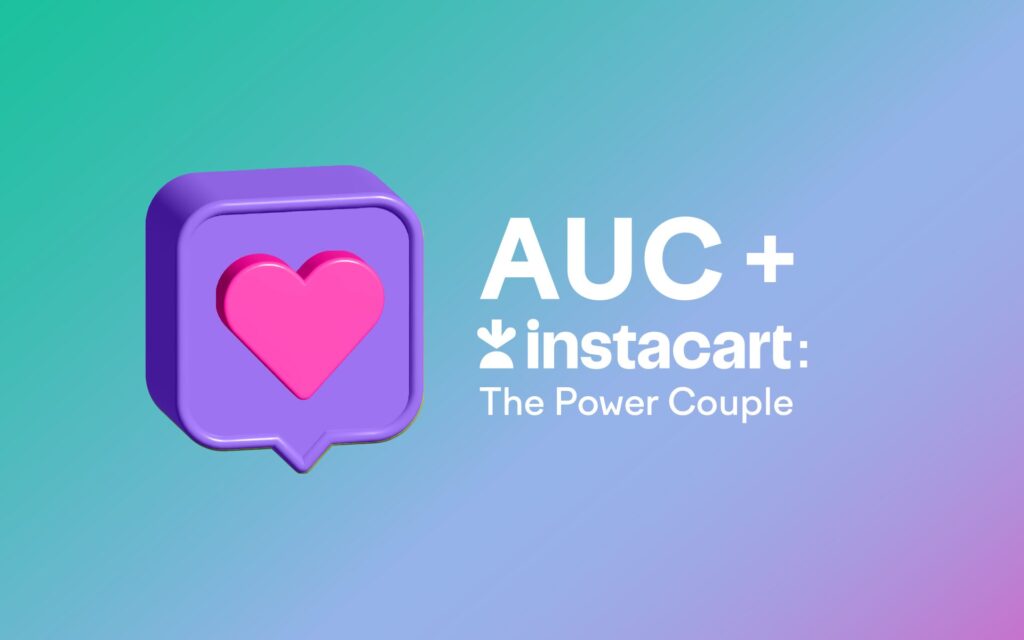Behavioral science isn’t one-size-fits-all—tailoring nudges by generation unlocks more effective, shopper-first commerce.
In today’s hyper-fragmented marketplace, understanding why consumers buy—not just what they buy—has never been more important. Gen Z ranked “new and innovative” as their #1 shopping motivator, making them nearly 40% more likely than Boomers to respond to novelty-driven messaging. This sharp generational contrast underscores a critical insight: the same message can spark curiosity in one group and fall flat in another.
At Advantage Unified Commerce, we believe the key to unlocking meaningful growth lies in behavioral science—specifically, in how nudges can drive decision-making across the path to purchase.
To explore this, Advantage Unified Commerce conducted a proprietary MaxDiff study—a statistical research method used to determine preference and importance—to evaluate which behavioral nudges resonate most across generational cohorts. The study surveyed 1,000 consumers to uncover how shopper psychology varies by age and to inform more personalized marketing strategies that convert attention into action.
The survey tested a range of behavioral cues—from scarcity and impulse to novelty and loyalty. Respondents across four generations—Gen Z (ages 18–28), Millennials (29–44), Gen X (45–60), and Boomers (61–79)—were asked which shopping behaviors felt most and least like them. The results revealed sharp differences in how shoppers interpret value, emotion, and influence.
Key Findings by Generation
- Gen Z craves novelty and discovery. The strongest nudge for this cohort? “I am drawn to products that are new and innovative.” This group also showed greater openness to app-based recommendations and mobile-driven personalization. Implication: highlight newness, trendiness, and exclusive finds to capture attention and encourage exploration.
- Millennials want to feel smart about spending. They over-indexed on value-forward cues like “presented as a great deal” and responded well to messaging that frames purchases as both a savvy decision and a quality experience. They also resonated with cause-driven positioning—but only when value was clear.
- Gen X responds to urgency and simplicity. “I hate missing out on a limited-time offer” ranked highest with this group, revealing an opportunity for scarcity, countdowns, and flash offers. They also showed higher levels of decision fatigue, suggesting simplification and curation can convert.
- Boomers prioritize trust and habit. This generation favored loyalty cues like “I stick with the products I usually buy.” They were least swayed by trends or social proof, and most averse to influencer/celebrity endorsements. To win with Boomers, emphasize reliability, value, and ease of access.
Universal Truths That Transcend Age
While each generation has its own triggers, a few behavioral cues proved powerful across the board—revealing insights that transcend age:
- Simplicity drives action. From Boomers to Gen Z, shoppers responded more favorably when choices felt easy to navigate. Nudges that reduce complexity—such as curated options, clear pricing, or limited-time offers—can overcome decision fatigue and convert consideration into action.
- Impulse thrives on urgency. Across all generations, time-sensitive offers and limited-time availability increased the potential for impulse purchases. While younger shoppers were more enthusiastic, even older cohorts responded to urgency when value or scarcity was clear.
- Relevance matters more than popularity. Social proof (e.g., “most popular” or “influencer-backed”) was not a strong driver for any generation. Instead, cues that reinforced personal relevance or product quality held more weight—pointing to a shared preference for authenticity over hype.
- Cause and fairness have universal appeal—when paired with value. While Millennials led in reciprocity-based nudges, all generations showed openness to cause-driven messaging that felt meaningful and came with a clear benefit. It’s not just doing good—it’s doing good smartly.
What This Means for Brands
Whether you’re launching a product, driving conversion, or deepening loyalty, the behavioral cue must fit the moment, the mindset, and the medium. From loss aversion to herding, decision paralysis to novelty effect, nudges give marketers a tested toolkit to guide shoppers toward action.
But the most critical insight? There’s no one-size-fits-all message. Shopper motivations differ not just by generation but by mission and mindset. The brands that win will be the ones that apply shopper psychology with precision.
At Advantage Unified Commerce, we turn behavioral science into smarter omnichannel strategy. Our Nudgenomics™ methodology brings precision to promotions, personalization to messaging, and performance to every touchpoint—from shelf to screen.
Want to learn how to unlock the science of smarter selling for your brand? Let’s talk.




